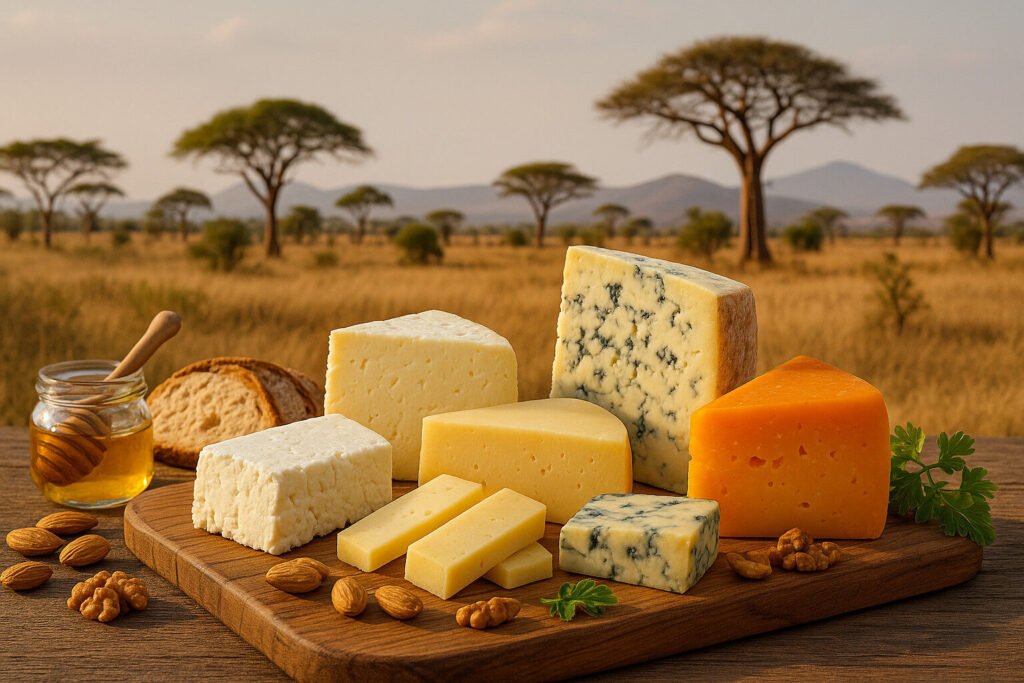Cheese Of Guinea
Definition and Scope
Cheese of Guinea refers to dairy products originating from Guinea, West Africa. These cheeses are typically made from cow’s milk, though some variations use goat or sheep milk. They represent a small but distinct category within African cheese traditions.
Production methods range from fresh, non-aged varieties to lightly fermented styles. These cheeses often incorporate local ingredients and traditional preservation techniques. Their characteristics reflect Guinea’s tropical climate and pastoral farming practices.
Production Methods
Traditional Guinean cheese production begins with raw milk coagulation using natural acids or plant-based rennet. The curds are typically hand-pressed and drained in woven baskets. This process creates cheeses with distinctive texture and moisture content.
Many producers sun-dry cheeses to extend shelf life in the humid climate. Some varieties undergo brief fermentation periods using local bacterial cultures. These methods yield cheeses with robust flavors despite minimal aging facilities.
Sensory Profile
Guinean cheeses generally present tangy, acidic notes with pronounced milky undertones. Their texture ranges from crumbly to semi-soft depending on moisture content. The flavor profile often includes earthy elements from traditional production environments.
These cheeses typically lack the complex aging characteristics of European varieties. Instead, they offer bright, fresh dairy flavors with occasional herbal notes. The palate is generally straightforward but distinctive within West African dairy traditions.
Culinary Applications
Fresh Guinean cheeses are commonly crumbled over stews and grain dishes. They serve as protein-rich accompaniments to traditional meals like fonio and rice. Their tangy quality provides contrast to spicy West African sauces.
Some firmer varieties are grilled or fried as snack items. These cheeses may be incorporated into sandwiches or served with fresh fruits. Their versatility makes them valuable in both traditional and modern Guinean cuisine.
Regional Variations
The Fouta Djallon highlands produce most traditional Guinean cheeses. This region’s cooler climate supports small-scale dairy farming. Local cheeses often feature herbs gathered from the mountainous terrain.
Coastal areas sometimes produce saltier cheese varieties using marine-influenced aging methods. Northern regions near Mali border develop drier, more portable cheeses for trade. Each area’s cheese reflects local pastoral traditions and available resources.

